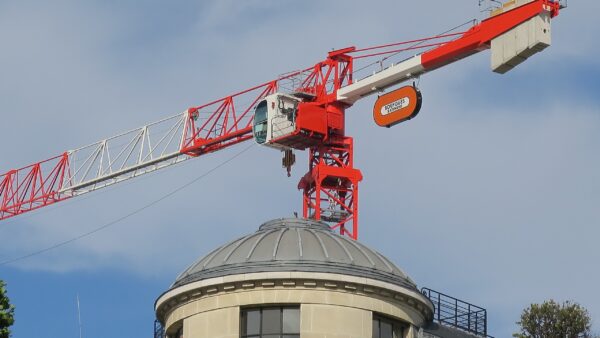As the US 50-year trade embargo against Cuba comes to a gradual end, the Caribbean nation is preparing for the expected increase in economic activity with a massive push on renewable energy.
Clean energy will comprise around a quarter of Cuba’s installed generating capacity by 2030, Rosell Guerra, the director of renewables at the Ministry of Energy, told a conference last week.
The programme of works includes:
- 13 wind farms, with a total output of 633MW;
- the installation of 700MW of photovoltaics;
- 19 biomass power stations, fuelled by sugar-cane residue, with a generating capacity of 755MW;
- 74 small hydroelectric plants with an output of 56MW.
The combined 2.1GW of renewable power above would add to Cuba’s present installed capacity of 6.2GW, as calculated by the US Energy Information Administration.
Alongside the centralised renewables, there are plans to install 200,000 solar heaters in homes, hospitals and industrial centres, and migrate the island’s entire private and public lighting infrastructure to LED technology.Â
Houses that are isolated from utility grids will be fitted with solar panels and biodigesters to produce methane for cooking and heating.
In the future, the government is looking at the possibility of harnessing tides and oceanic thermal gradients for energy generation.
Guerra did not say how the work would be financed, however the ending of its rift with the US may make international credit more easily available.
Earlier this month, the Abu Dhabi Fund for Development agreed a concessionary loan of $15m to spend on 10MW of solar energy in Cuba.Photograph: Sunset over Havana, Cuba (Jorge Royan/Wikimedia Commons)










